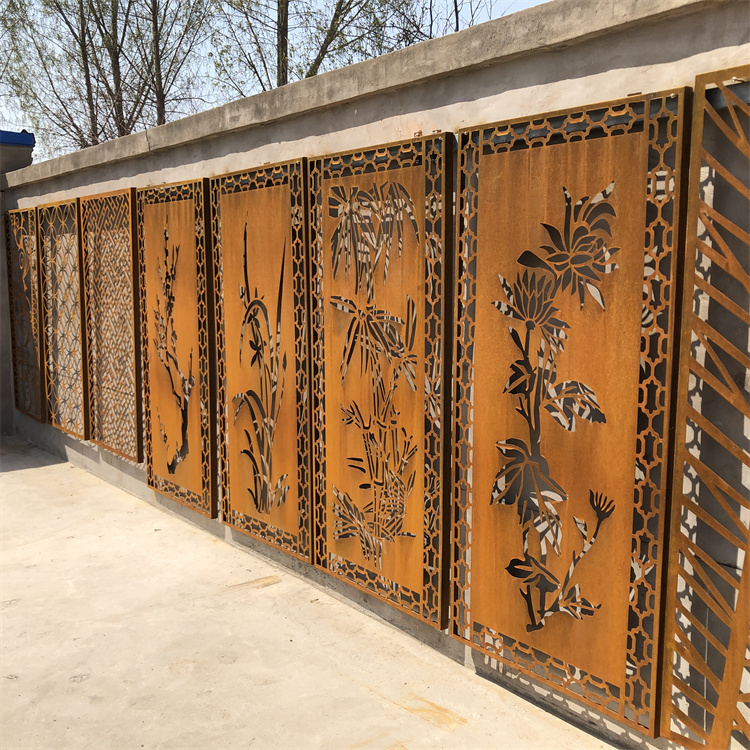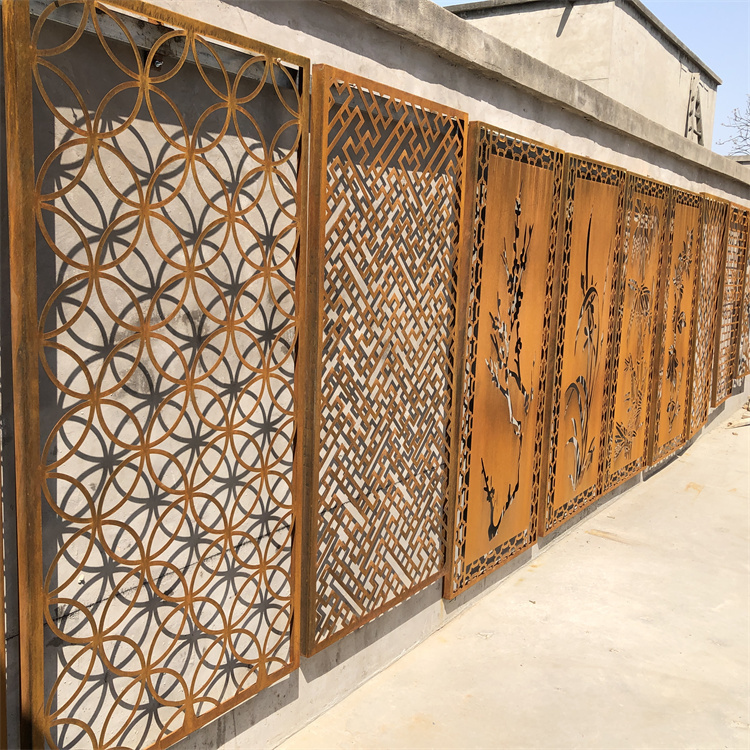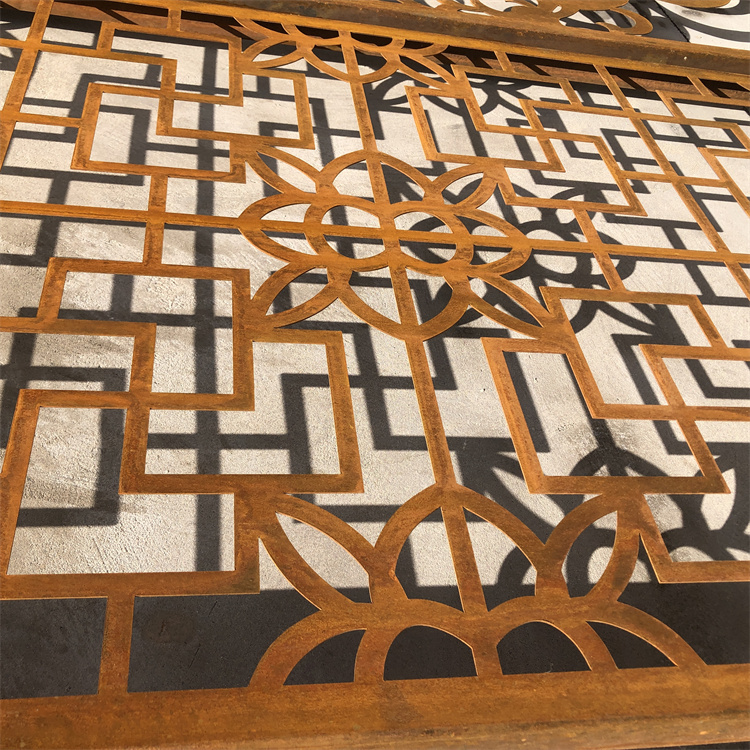To evaluate the quality of the PS version, it is relatively easy to do a visual judgment of its appearance quality, namely dirty white spots, scratches, folds and other issues. However, as a printing worker, we should also try our best to understand and master the inherent quality of the PS version, that is, the comprehensive index of the PS version of the photosensitive adhesive layer, the quality of the oxide layer, and the microscopic quality of the grain structure. Among the indicators of the overall quality of the PS plate, there is no doubt that its appearance quality, photosensitive adhesive and oxide film quality are extremely important. They directly relate to the photochemical reaction conditions of the PS plate in actual printing applications and the printing ink during printing. Transfer state and wear-resisting state. However, from the perspective of the structure of the PS plate, the oxide film and the photo-resist are attached to the plateau grains in sequence. The author thinks that in addition to the function of the support oxide film and the photosensitive adhesive layer, in the absence of special treatment on the surface of the printing plate base, the sand pit on the surface of the printing plate should meet the requirement of “ink balance†in offset printing. . As far as the function of the "water-containing and water-holding" surface of the substrate surface is concerned, the intrinsic quality of the sand grain structure cannot be lower than the quality of the oxide film and the photosensitive resin. Let's explore the effect of PS surface printing on the printing of the base surface.
We know that offset printing is based on the fact that the plate blank area water (flood solution) is immiscible with the ink in the graphic area and the principle of balance is achieved to realize the graphic and textual information transfer. That is to say, the blank area of ​​the layout is protected by water through the rough sand pit, so that the blank area of ​​the layout is not contaminated by the ink. In the layout area, the physical force (van der Waals force) is firmly attached to the pits of the sand pit on the plate base, and the photosensitive layer (net point) on the surface of the oxide film is affiliated with a certain amount of ink to realize the graphic information. The purpose of the transfer. To be more precise, rough and uneven surface pits mainly have the following four functions:
1. The surface tension of the fluid (photoresist and fountain solution) on the surface of the plate base is reduced, and the wettability of the fluid on the surface of the plate base is increased. That is to say, the leveling performance when coating the photo-resist is improved, and the hydrophilicity of the blank area during printing on the machine.
2. Expanding the surface area of ​​the layout greatly improves the adhesion of the photo-resist layer and the fountain solution to the plate base, making it difficult to lose the plate and prevent dirt.
3. With a certain volume of sand pit, can save a certain amount of fountain solution, so that when the printing press in a high-speed operation or a brief shutdown, the layout of blank area fountain solution does not dry, so that the layout is not the ink and the external oil pollution Dirty. (Of course, if the machine stops for a longer period of time, it should be applied to the plate surface.)
4. Because the cured photosensitive layer is mainly composed of organic materials (2.1.5 photosensitive agent, phenolic resin, etc.), its anti-friction performance is much lower than that of the aluminum oxide layer produced on the surface of the peak and valley of the sand head. Friction properties. Therefore, the layout has a certain depth of the sand pit, which can also reduce the effect of the photosensitive layer being worn by the rubber roller of the printing machine.
According to the function of printing on the surface of the plate, it is known that the quality of the surface of the PS plate on the offset printing plate is the basis of the overall quality of the PS plate. If the structural quality of the base layer is not good, the quality of the oxide film and the photosensitive resist is better. It is also difficult to reflect, and even there will be problems such as the lack of water in the blank area of ​​the blank area and the dirtiness in the blank area, and the photosensitive layer in the screen area.
In the actual production (roughening) of PS plate-based surface sands, we cannot make the microscopic peak-valley structure that is more uniform and uniform than the machined parts. We can only process disordered and uneven peaks and valleys. Three-dimensional space structure. In Article 1.30 of the national standard GB 3503-83, the definition of the surface roughness is: “refers to the small spacing and the microscopic geometrical characteristics of the peaks and valleys on the machined surfaceâ€.
It has three conceptual parameters:
1. Surface roughness parameters related to the high degree of irregularity of the microscopic roughness: such as the average deviation of the contour arithmetical average Ra; the ten-point height Rz of the microscopic unevenness; the maximum height Ry of the contour (the Japanese standard adopts the maximum height Rmax) and the like.
2. The surface roughness parameters related to the micro-planarity pitch characteristics: such as the average spacing Sm; the density D of the profile peak (Japanese standard adopts peak height Pc exceeding the peak height of 0.635 μm Pc respectively) and the like.
3. Surface roughness parameters related to the shape characteristics of micro-relief: For example, the profile deflection Sk for evaluating the surface abrasion resistance characteristics (the average peak height Rpm above the center line for the Japanese E-30A roughness meter); Profile Horizontal Intercept (Cμm or C/Ry) - profile support length plus tp% curve.
For the application of the above surface roughness parameters in the PS plate industry, there are many contents and limitations. This article wants to focus on the following three issues:
1. About Ra-contour arithmetic mean deviation:
In Article 2.9 of the national standard GB 3505-83, Ra is defined as: “The arithmetic mean deviation of the absolute value of the profile offset within the sampling length L†(see Fig. 1) is expressed by the formula: Ra =
From advanced mathematics, we know that (X)|dx is the microscopic integral area between the peaks and troughs and the centerline defined by the centerline (X-axis) of the contour curve within the sampling length (OL) interval. Look at this area as a rectangle with a sampling length L. Then the “height†of this rectangular area is defined as Ra,Rd×L=∫LO|y(X)|dx. So Ra is different from Ry, Rz, Rp, etc. Although it is also a concept that represents the depth of roughness, it is an abstract, purely computational mathematical arithmetic mean deviation concept. The Ra value represents the magnitude of the arithmetic mean deviation between the peak and the valley. The value can only be measured and calculated by the precise roughness instrument integration program. It does not have the intuitive measurement significance.
As we all know, the concept of surface roughness is a pioneer in our industry. It has been cited from the mechanical industry to the PS industry. Without their efforts, we cannot have such a deep understanding of the PS version today. However, from the perspective of the surface roughness of the mechanical industry on the function of the parts, in addition to "For the relative sealing of the dynamic sealing surface, due to the relative motion, the micro-uneven degree is generally: 4 ~ 5μm, to store lubricants is more favorable "In addition, regardless of the influence of 1 on the nature of the compounding; or 2> the impact on the wear resistance; 3> the impact on the fatigue strength; 4> the impact on the contact stiffness: 5> the impact on the impact strength; 6> the anti-corrosion The effect of sex; 7> For a static sealing surface without relative sliding, it is required that the lower the Ra value, the better. (Please refer to "Machine Design Handbook, Vol. I, 3rd Edition, January 1993). That is to say, the functional requirements of mechanical parts require that the smaller the arithmetic mean deviation Ra of the pits and valleys on the surface of processed parts, the better the smoother the surface. Therefore, it is recommended that “Raa†is preferred as the average spacing of contour irregularities within the range of parameter values ​​commonly used for high-performance parameters (Ra is 0.025 to 6.3 μm and Rz is 0.1 to 25 μm). "Sm" and "contour support length (tp)" are selected as "additional assessment parameters" (see GB 4.31-1995, Section 4.3 and Article 4.6), but as PS version The surface function of the printing plate base differs from that of machined parts.The purpose of roughening the surface of the printing plate of the PS plate requires not only the production of a sand surface with a certain roughness Ra value to support the oxide layer and the photosensitive layer, but also It is necessary to satisfy the four functional requirements for the microscopic peaks and valleys on the surface of the PS plate in the previous printing, that is to say, it is required that the pits and troughs of the sandstone have a certain microscopic spatial structure.
Corten Steel Metal Garden Screens
Our designs and screens can have a variety of applications across your exterior landscape and outside living spaces,
Today`s trend towards infill modern housing can put you very close to your neighbours. With our screen panel you can create privacy in your BBQ or Spa pool areas. Or replace the traditional wooden fence palings with artistic and interesting design elements with designs from our range. Alternatively you can work with us to create a custom design or set of designs entirely your own.
The corten steel screen panel, perfect for garden and park . Different sizes and model can be made according to different demand
Normal size 900*2*1800mm,color will be rusty red.
Customized is acceptable, can in different color and different size.
It can be hung on the wall or fixed to the ground
| Name |
Corten Steel Metal Garden Screens |
| Material | Corten steel |
| Size | 900*1800mm |
| Steel thickness | 2mm |
| Packing | Pallet |



Packing
Packing will by pallet
Wall Screen Panels,Room Divider Screen,Room Divider Panels,Wall Divider Panels
Henan Jinbailai Industrial Co.,Ltd , https://www.hnjblbbq.com